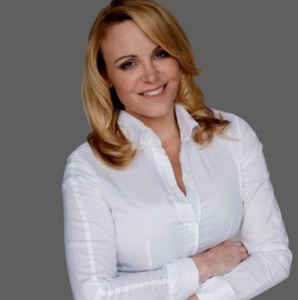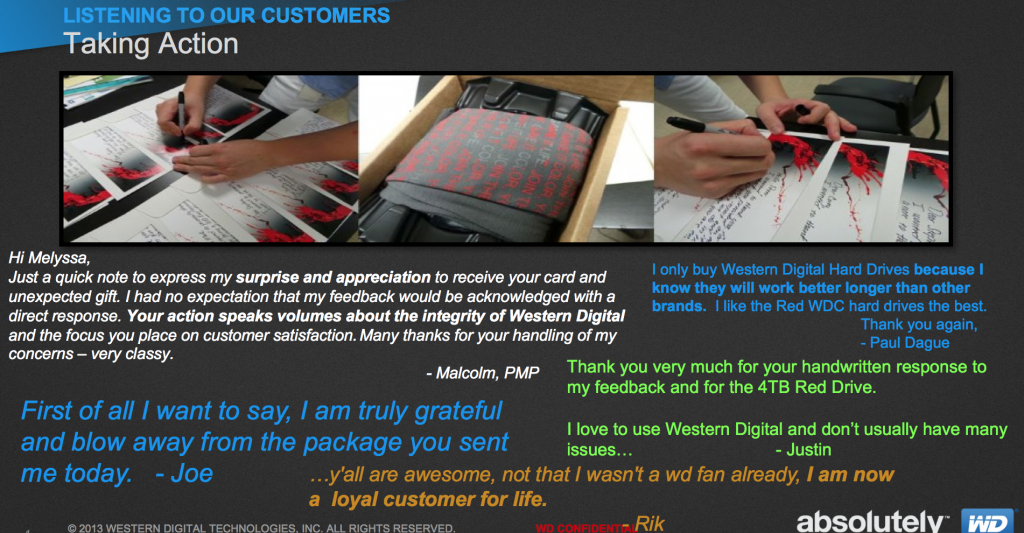
By Mark W. Schaefer
I remember the day well.
It was in March 2013. I was on a long plane flight and could not shake this uncomfortable feeling I had about the state of digital marketing. I couldn’t put my finger on it, but my job just seemed harder than it was a year ago.
And then I saw data on the exploding amount of content on the web, the ever-rising level of general noise, and the troubling downward trends in engagement, page views, and conversions across the web.
Other research projected even higher levels of information density we will have to contend with. Content budgets are skyrocketing. Clearly the economics of content marketing were changing, and fast. But what do we do about it?
I studied this for more than a year and produced a solution via a book, The Content Code, which spells out six strategies to win in an era of incredible information competition. But there was one particular chapter that seemed to grip people and create the most conversations: “The Alpha Audience.”
In this chapter I articulated the critical the economic importance of content sharing on the web. People who share our content the most are our passionate advocates. They are our most profitable customers and drive more sales through recommendations than any other customer group. This Alpha Audience is the heartbeat of our business.
Activating the Alpha Audience
As I go around the world, this is the question I hear most from fans of the book – “Tell us more about the Alpha Audience — how do we find them and what we need to do next?”
That’s why I was so delighted to meet Melyssa Banda. She had the answer.

Melyssa Banda
Melyssa is the Head of Marketing and Communications at WD, a Western Digital Company and leads global communication strategies across PR, Digital Marketing, Social Media, Brand Development, Consumer Marketing and new innovation initiatives.
She is a marketer on the cutting edge of the Alpha Audience ideals, a professional who is activating her best customers in creative ways to drive measurable economic gains.
I was lucky enough to talk to Melyssa recently and learn more about her unique approach. I loved her stories because they represent the aggressive and customer-centric strategies beyond mere content that I believe will create wins in this era of Content Shock.
Here is my discussion with Melyssa:
Mark: Many people don’t know where to start with this idea of an “Alpha Audience.” How do you find your most active audience?
Melyssa: There are many tools we use, software of course, but also some traditional techniques like personal outreach, surveys, connecting with people in brand forums, blogs, even direct messaging. Like you, we recognize the critical importance of social sharing. That is certainly a key to finding brand advocates.
We monitor our customers wherever we can and when we can’t use technology we will pick up the phone and talk to people.
I should note that when we talk about our Alpha Audience, it might not be all good news. We look at the positive advocates of course, but we also connect with our detractors, too. They may have the most passion and insight of all!
The key to product development is finding the pain points. That information may be more likely to come from people who dislike the brand. They’re usually more vocal than the brand advocates so that is an important part of our outreach.
Mark: How do you understand their needs and the affinities they have with you and your company?
We are constantly reviewing the needs and views of our most active customers through social and community comments. We also have an influencer program called Digerati where we work closely with a team of professionals to understand their workflow and pain points.
In addition, we also have a Reseller Council where we hear directly from our partners. They provide us additional feedback on our product lines, marketing campaigns as well as collaborate on new ideas. We bring them in to onsite and offsite meetings. We see these individuals as an extension of our team and make them part of our development process. We create affinities by working together on new initiatives and products.
Our marketing team connects with people personally and directly. It might be a phone call or a direct message to let them know we care and that we’re listening.
We have regular surveys and have an amazing 80 percent response rate because they know we are really listening and that we respond. They can see the engagement and commitment. Our team sent out more than 300 personal thank you notes to the people who took our survey, including those who might not be our biggest fans.
Mark: I love that. I bet that really surprises a lot of people who you treat your detractors like your best customers.
It does, but I think it impresses them too. It makes an impact. My proudest moments are when we turn detractors into fans simply by connecting with them.
Mark: I think that is one of the things that impresses me most about WD. You’re not just plowing through customer data. You’re making human connections. I know a lot of big companies struggle with the idea of scaling a human connection.
That is a priority for the marketing team and the entire company. We want our executives to see something more from our customers besides a Net Promoter Score. We actively get them in front of customers.
Mark: What do you do to nurture these relationships on an ongoing basis?
We give the Digiterati early access to our products so they have a hand in the development process in some cases. We also ask many of our end customers how they are using our products or new emerging technologies. They are a tremendous source of our key learning and insight that create future product categories. Some of our biggest product launches came as a direct result of this activity.
We also provide regular updates on our products and processes and we have a regular schedule of personal outreach to these important customers.
For the last few years we have hosted an event at the Consumer Electronics Show for our WD Fans. A few years ago a mommy blogger attending one of these events was talking with one of our executives for 30 minutes before she realized he was the president of the company. Her jaw dropped on the floor!
Our vice presidents will often make personal phone calls to thank people for their business or to respond to the critiques. By giving them direct access, they hear the voice of the end customer and can help me drive the necessary change or investments within the company.
Mark: Are you able to connect this intense focus on your top customers to bottom-line results?
Absolutely. This group has been essential to our product development efforts. They are instrumental in helping us identify opportunities for us to fill a void or improve upon. Because they know us and trust us, they are eager to be part of the process and help us solve problems. That makes us a better company.
I can point to $50 million in incremental revenue we gained through a product launch that emerged from our engagement efforts. That new product has become the category leader in its space.
That represents the end of my interview with Melyssa but I wanted to cover another critical point. While Melyssa is obviously tracking the quantitative, financial benefits of her Alpha Audience outreach, she is also recording the qualitative benefits, too. Here’s an example of feedback she is collecting:

You can see that sometimes “stories” are important measures too, and smart managers recognize the value of these qualitative measures. So often we are wedded to spreadsheets when the real value might be in a comment, a recommendation, the story of a mad customer who now loves us.
Thanks so much to Melyssa for sharing her insights! You can connect with her on LinkedIn.
 Mark Schaefer is the chief blogger for this site, executive director of Schaefer Marketing Solutions, and the author of several best-selling digital marketing books. He is an acclaimed keynote speaker, college educator, and business consultant. The Marketing Companion podcast is among the top business podcasts in the world. Contact Mark to have him speak to your company event or conference soon.
Mark Schaefer is the chief blogger for this site, executive director of Schaefer Marketing Solutions, and the author of several best-selling digital marketing books. He is an acclaimed keynote speaker, college educator, and business consultant. The Marketing Companion podcast is among the top business podcasts in the world. Contact Mark to have him speak to your company event or conference soon.
Illustration courtesy Flickr CC and Annie Hall


